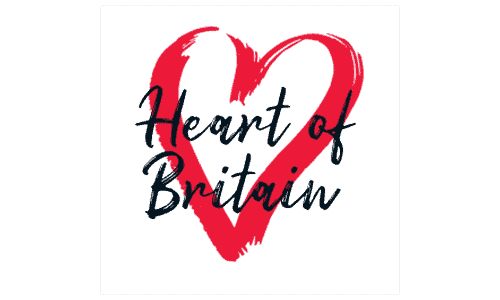International Women’s Day has long been recognised and celebrated in other parts of the world. But only a few years ago I remember it passing without note in the British media. Since the #metoo movement however, and the resurgence and reclaiming of the term ‘feminist’, IWD has become a more important date in the UK calendar. This year, agencies and the media and every millennial woman worth her salt have been tweeting, instagramming and hashtagging various iterations of #IWD – not just on March 8th but for the whole week before it, and probably a few after.

Now, I’m very far from being a millennial, but even I hashbragged my heart out last week. Partly because I believe IWD is very important, but also because I was pleased and proud to have been asked to talk on various panels discussing women and advertising.
The reason I was invited to these talks was because last year I started a movement of my own. After becoming increasingly aware of the lack of mature women (well just anyone over 45 really) in creative departments, I founded ‘The Society of Very Senior Creatives’. I wrote a few articles for Campaign magazine and now I’m slowly raising awareness across the industry.
So, I was delighted to be asked by TI media to help launch their ‘Heart of Britain’ initiative on Wednesday last week. This in-depth research demonstrates just how important ‘mass-market women’ are to our economy.
Hey big spender
The ‘Heart of Britain’ are the 14 million British women who make the majority of the household decisions. These mums (working and stay at home) aged 35 plus have been largely ignored by the advertising and media industries over the last few years. But advertisers ignore them at their peril.
‘Heart of Britain’ women are a huge demographic, and they control a lot more money than you think. They have a surprisingly large spending power, consistently outspending Millennials and ABs. For example, their total Christmas spend is almost twice that of ABs, their holiday spend is double that of Millennials, and their motor spend two and a half times bigger.
You might also be surprised to find that the ‘Heart of Britain’ women have more in savings than ABs. That’s because they are savvy. They count every penny and spend wisely. But they don’t always buy cheap. They are more likely to shop around to find bargains on quality items they really want.

The original influencers
In short, these women know a thing or two about money and others look to them for advice on many purchase decisions. 49% of their friends and family come to them for advice. And when they find a product they really like 48% will tell their friends about it. They are the original influencers. So, why are advertisers ignoring them?
Partly it’s because we’re not sure how to reach them. ‘Heart of Britain’ women don’t trust social media, and almost 50% say Instagram, Pinterest and Twitter are of no importance. They’re more interested in real life, what their friends and neighbours are up to and meeting up for real, not online. However, every mum I know has a school class WhatsApp group, and one for their street, and coffee mornings etc. This is borne out in the research, which found that WhatsApp is used for 2-way comms and Facebook is used for sharing snaps and news, as well as following brands.

Left behind
I think media and advertisers have stopped trying to reach these women too. Brands are so obsessed with Millennials and ABs that they’ve lost sight of their core audience. Their data driven conviction that youth culture and all things shiny and techy are more important, has led them to believe that social media influencers and online ads are the be all and end all.
But, as we’ve seen from this research, these women aren’t the clichéd, uninformed, old-fashioned, housewives that adland looks down its proverbial nose at. They are smart, savvy and sassy women. And these women like ads, not online or on social media, but in their weekly mags, in newspapers and on TV. They like ads that grab them, that understand them. Ads that make them think and feel and laugh. Ads that aren’t driven by data or metrics.
This is where the other problem lies. When you think of advertising creative departments you don’t imagine them populated by middle-aged suburban mums. And you’d be right, most ads are written or concepted by men in their late 20’s. No matter how hard they try, these lads are going to struggle to relate to a mature woman, juggling parenthood and a job, who doesn’t use social media or live in the city, and who is probably heading for the menopause.
Which is why we need more people like me creating ads. But, with women making up only 29% of creative departments it’s likely that the number of women over 40 in creative departments is under 5%. To create better, more insightful, authentic ads that appeal to ‘Heart of Britain’ women we need to redress the balance. Which is why International Women’s Day is so important and why I’m so glad that it’s finally getting recognised and celebrated here. #WomensDay2019 #BalanceForBetter.



